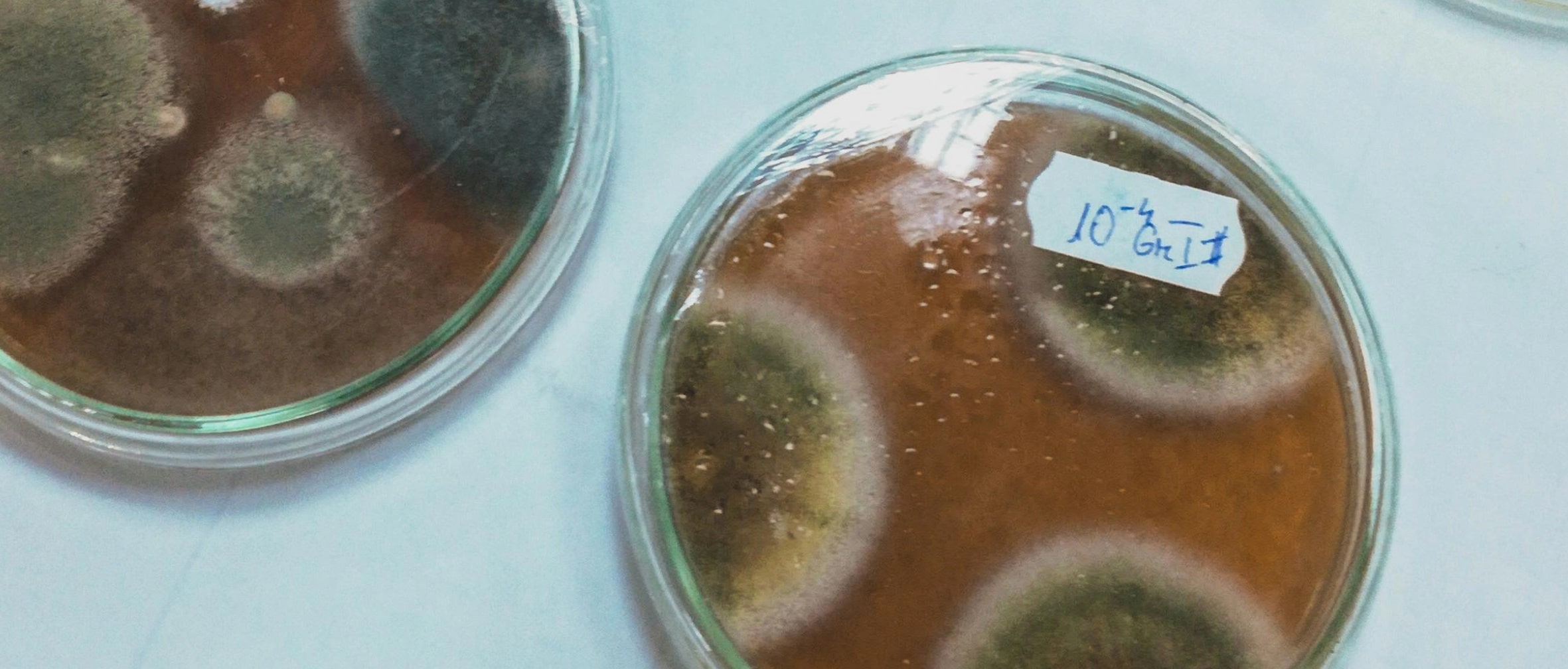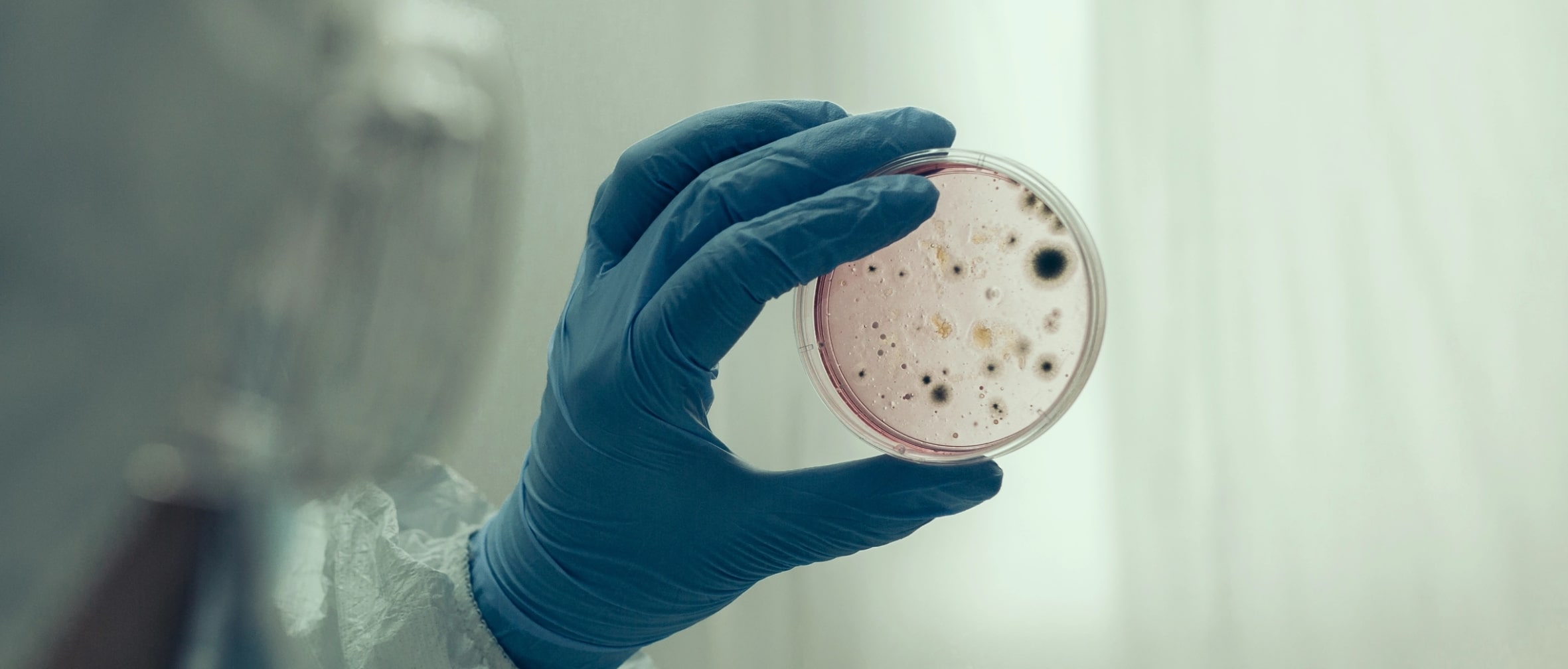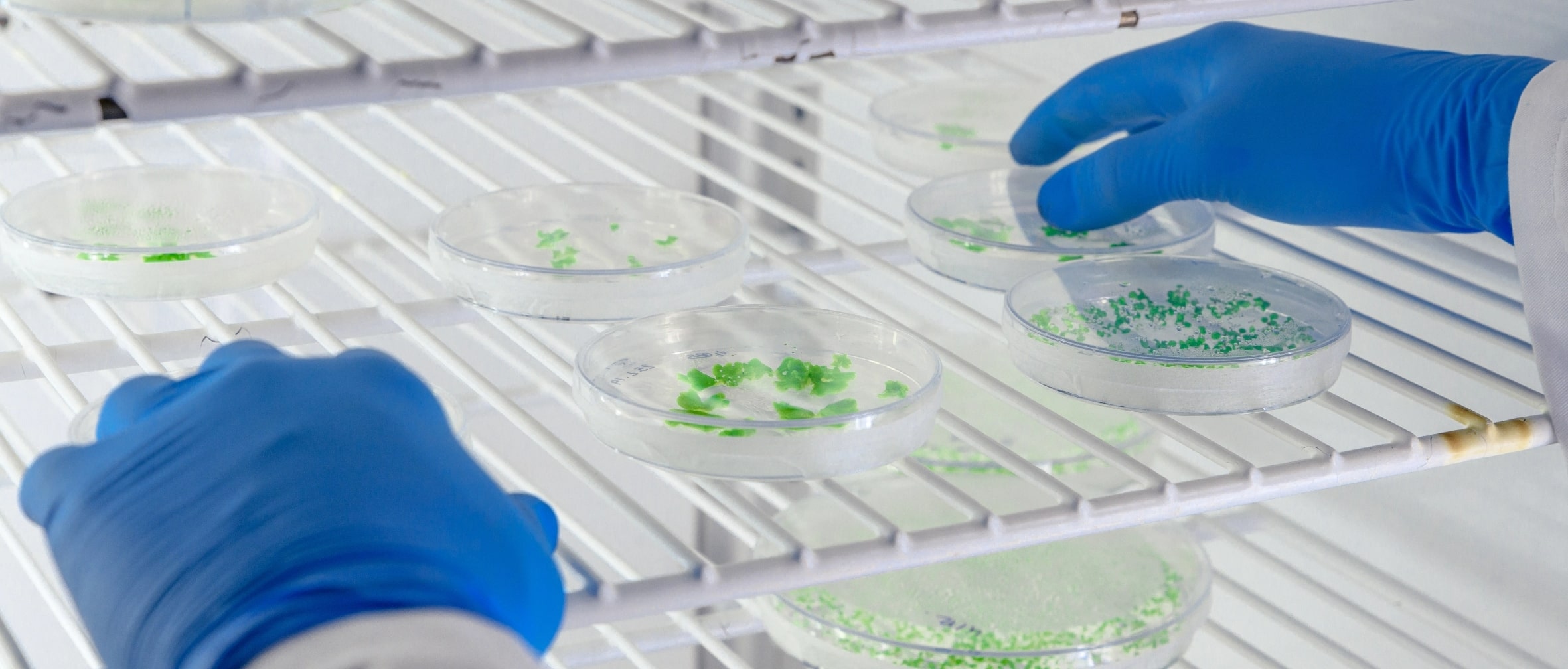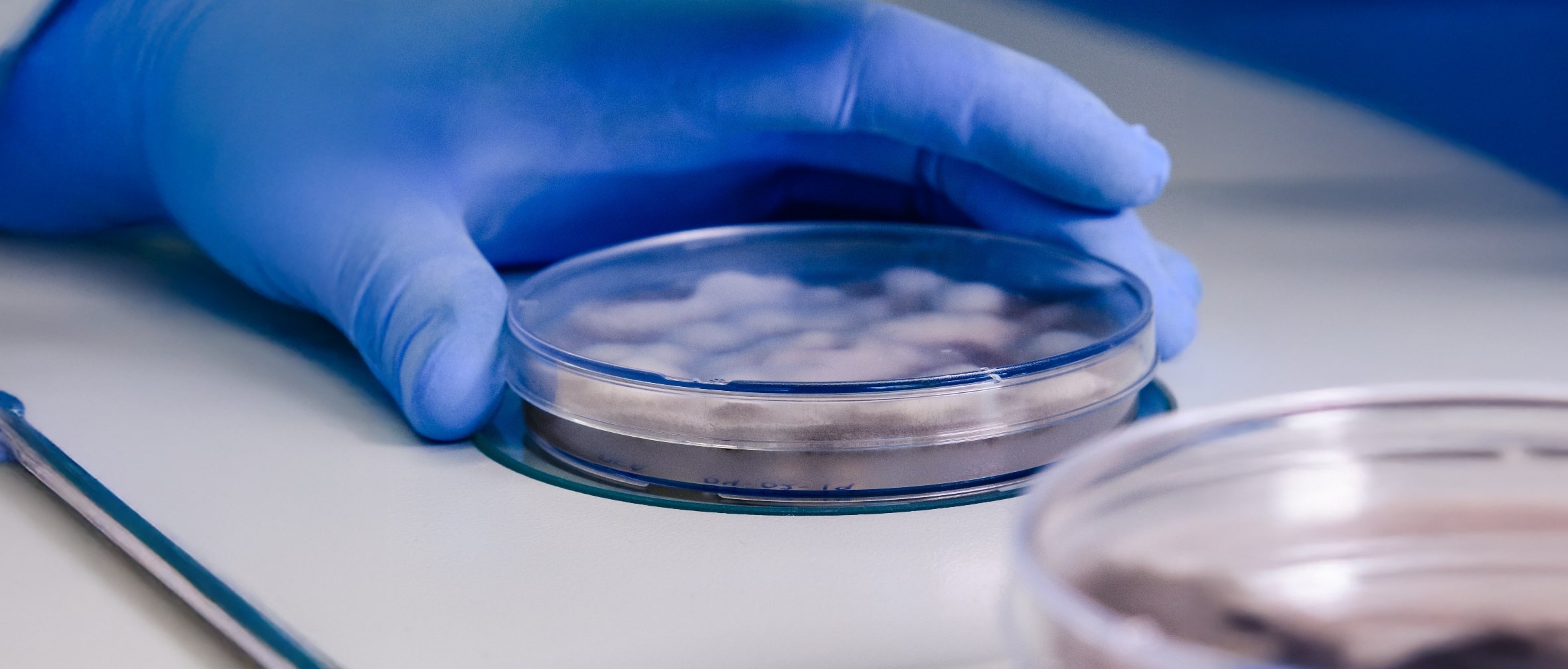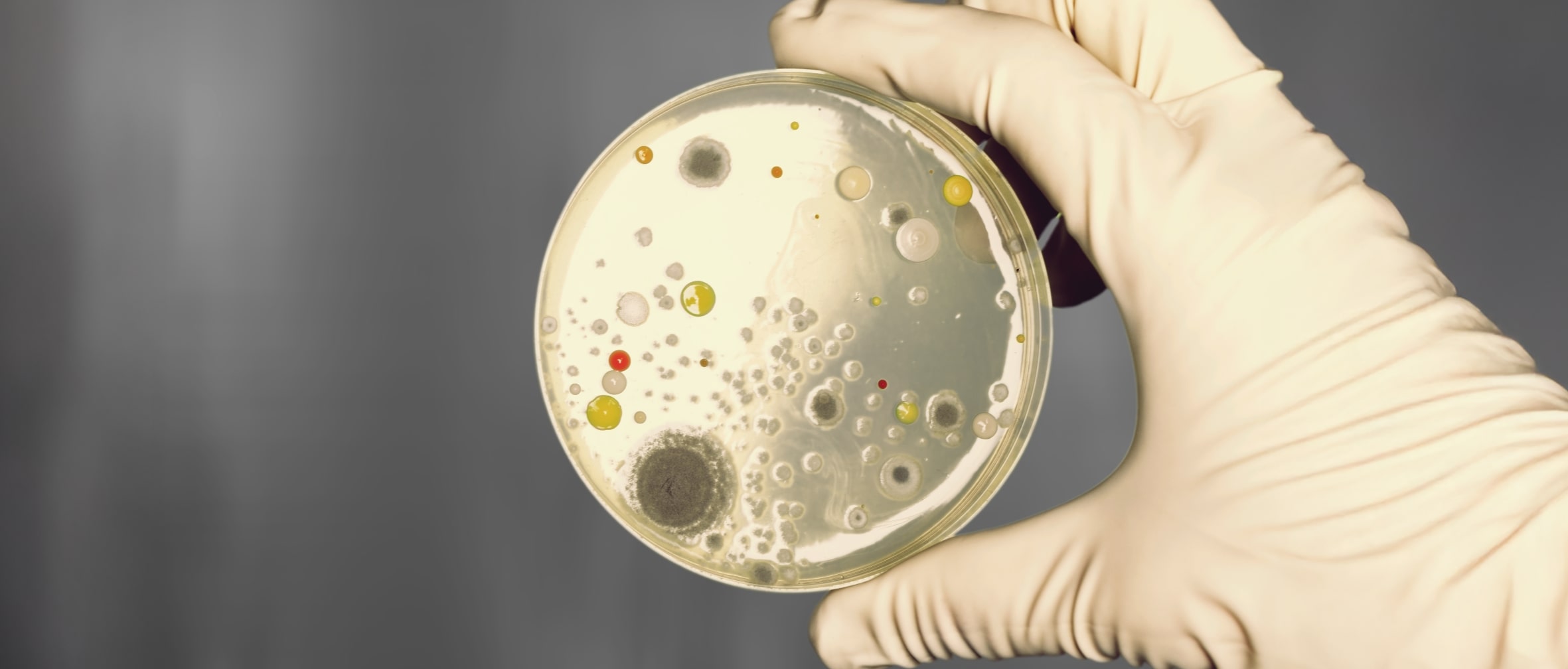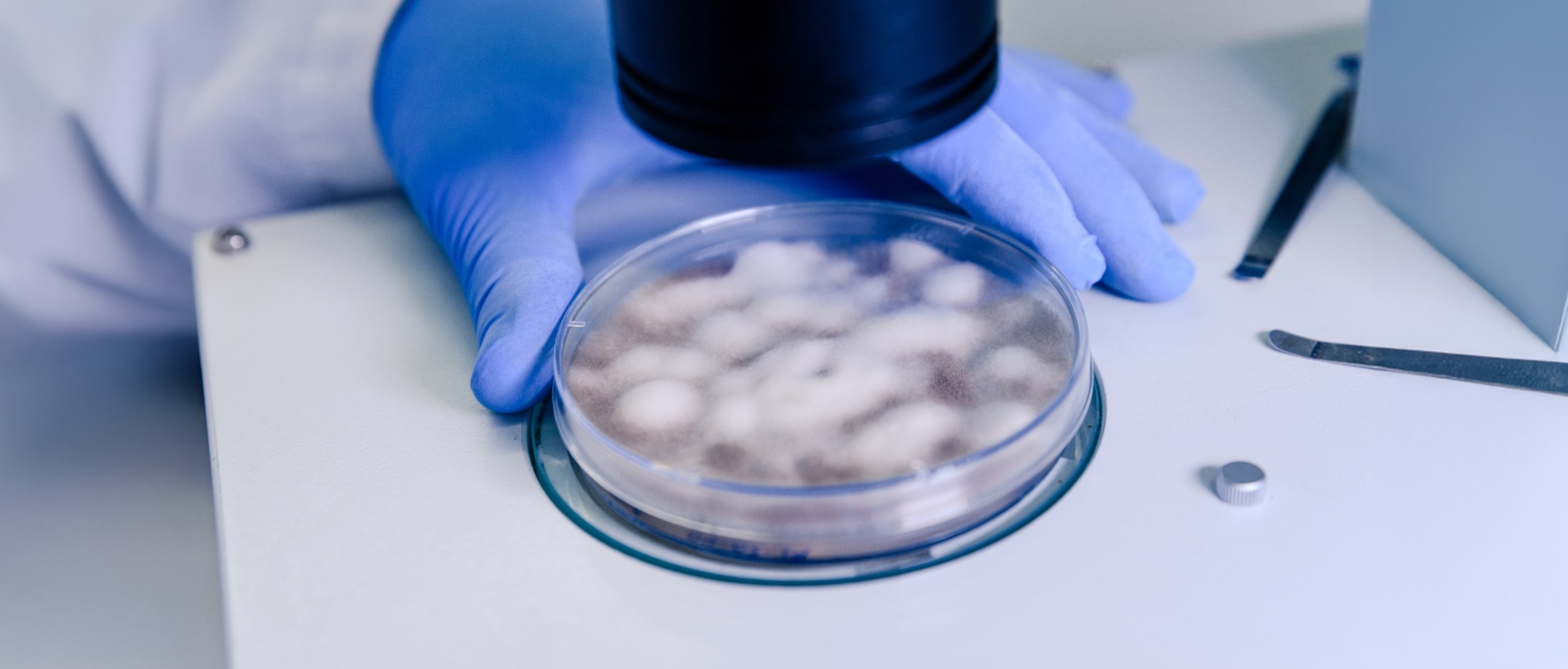Colony counting in microbiology relies on the principle that each viable microbe gives rise to a visible colony when incubated on solid media. These colonies differ in shape, size, and density—features that help assess microbial growth, contamination, and consistency.
Gram staining complements this by identifying bacterial cell wall types. Through a sequence of staining steps—crystal violet, iodine, and safranin—bacteria are visually classified under a microscope as Gram-positive (purple) or Gram-negative (pink), offering a clear distinction between types present in the same sample.



